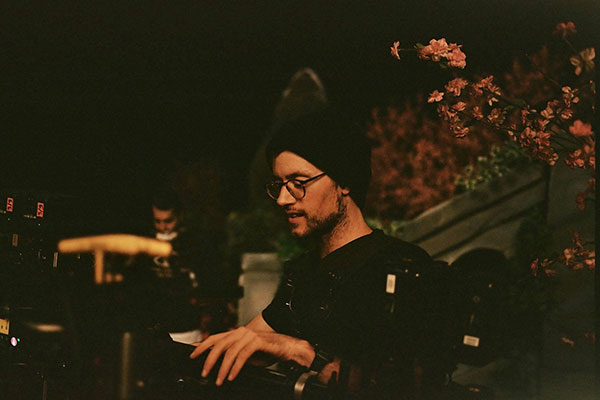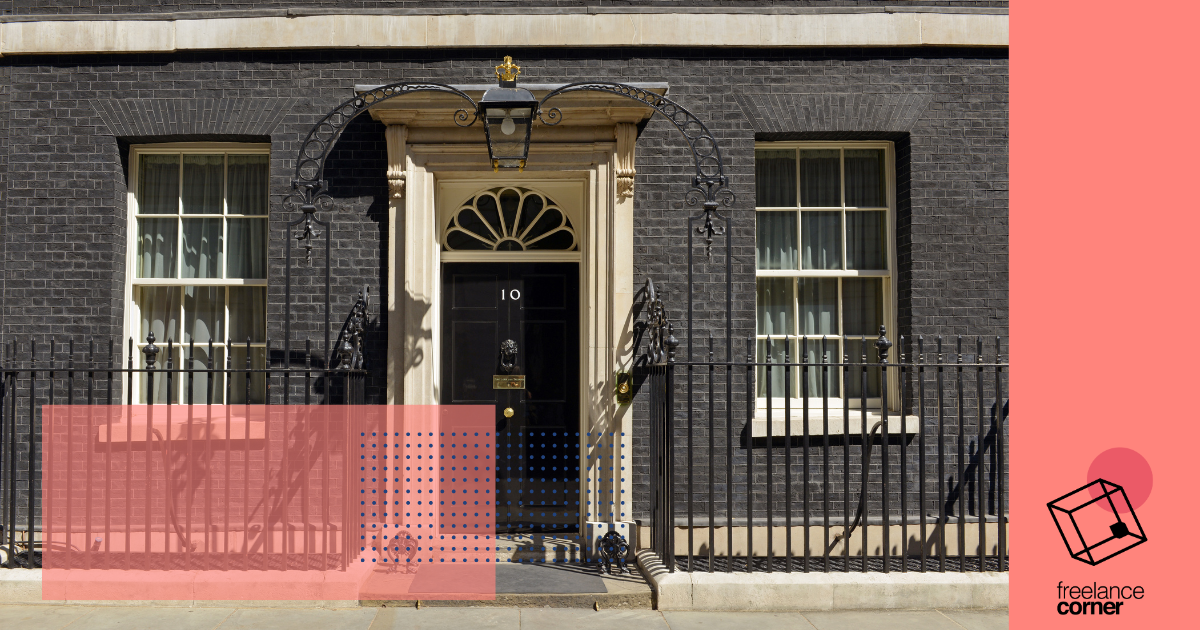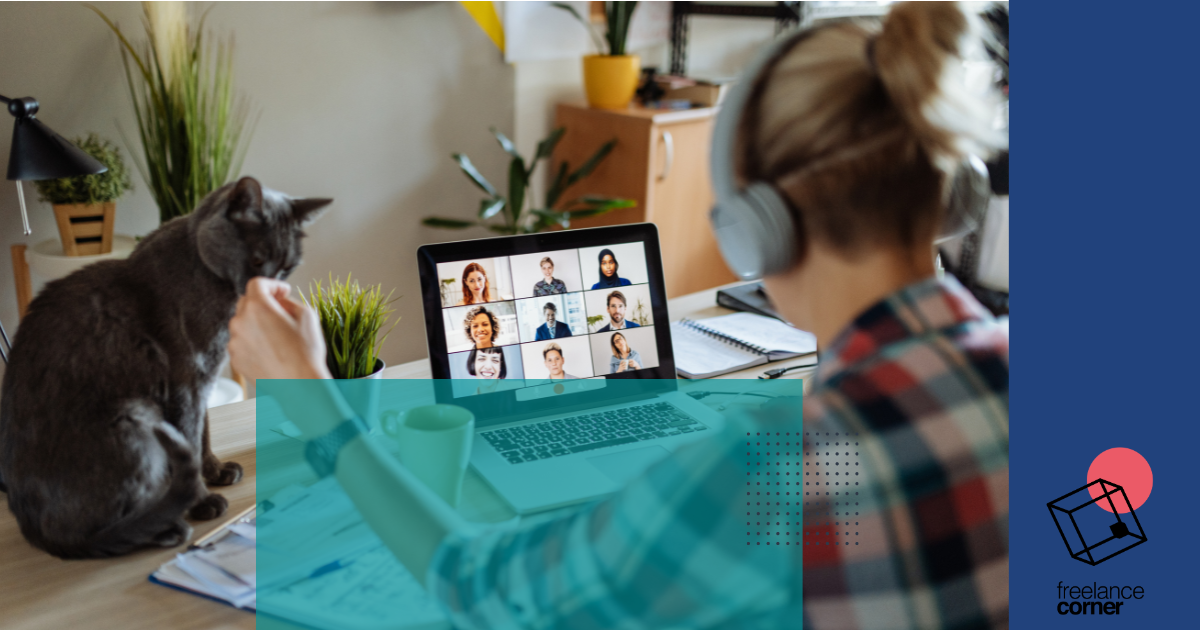Going freelance can have unexpected consequences. You make the leap to freelance life because you want to focus on one area, and then find that somehow, you’re now an entire small workforce and need your own equipment. Overnight, you’ve become your own administrator, bookkeeper, HR, marketing department, office manager, and the one who always has to make the tea.
Of the many tasks that are suddenly your responsibility, one of the most exasperating can be purchasing equipment, software and hardware. How do you balance a budget while investing in yourself? Do you replace functional-but-ageing equipment or run the risk of something important failing precisely when you need it?
Is there less-glamorous free software that would operate as well as the premium equivalent? Would an expensive purchase actually help your work grow, or are you just telling yourself that a fancy new laptop is the one thing that’s been holding you back all this time?
It can be hard, especially when starting out, to fight the internal pressure to prove your own value by spending. Instead of a perfectly serviceable £1 reporter’s notebook from a newsagent’s, for example, a writer buys a £16 Moleskine because the marketing copy says it’s the type Hemingway used, but it’s so pricey they’re reluctant to sully it and end up using Post-its, which they immediately lose.
Letting go of romantic visions
Letting go of the romantic professional visions in your head is the first step towards realistically building a career from that profession.
The cost of equipment varies dramatically depending on your work, but productive frugality is always possible. Liz Seabrook, a portrait, travel and food photographer, explains that a professional-grade camera body costs upwards of £1,000, and that’s on top of regular expenses like new hard drives. But she’s evangelical that you can usually find good second-hand or refurbished equipment.
She says: “There are two kinds of people who work in photography. Some are very kit-orientated. They’ll buy flashes and all of the lenses they need, the most expensive MacBook, the most expensive everything, and say ‘I couldn’t possibly work without all this gear’.
I have a great high-end lens that I used on a safari job last autumn, but it mostly sits on my desk gathering dust. There’s no use in that.
“Maybe that’s true for them, but I like working bare-bones. You can’t do anything particularly cheaply in terms of your basic kit, but you can always go second-hand.
“I don’t own any of my own lighting: I can expense a client if I’m picking up a lamp or a flash from a rental house, and it means whatever kit I’m using is good quality and has been serviced and cleaned.
“If I need a specific lens, I’ll hire it rather than buy. I have a great high-end lens that I used on a safari job last autumn, but it mostly sits on my desk gathering dust. There’s no use in that.”

Avoiding obsoletion
For Ben Marshall, a director of photography and steadicam operator, the potential costs are even greater. He explains: “I stay away from buying digital film cameras because they’re so expensive. A good one is between £25,000 and £50,000, so you’d need an airtight business plan.
“Cameras used to go out of date every 10–15 years when they were film-based, but now it’s three-to-five, which means to ‘pay it off’ before it depreciates you’ve got to always use it, even if it’s not quite right for the job.”
Ben’s own approach is to own several film cameras, which are harder to rent, and share ownership of a set of lenses with a rental house, hiring the rest as needed.
“Some operators choose to build their careers around their kits, though: people hire you because you have the camera. It’s less admin for them because they get a one-man-band rather than needing to hire equipment and crew separately.”

Sometimes less is more
Glasgow-based artist Camilla Holder tells me that she encourages art students to refrain from buying too many paints early on, especially as a single palm-sized tube can cost a few hundred pounds. She says: “People get lulled into buying huge packs containing a range of tints, but when you’re trying out things you should limit yourself to two or three different colours anyway.
“Starting with 15–20 colours can be overwhelming. You don’t even necessarily need black! You can get by with about five colours: you need white, a blue of some sort, yellow, magenta, maybe an earth tone, and you can make lots of colours.”

Being strategic
While Liz, Ben and Camilla all own a diverse collection of equipment and materials, they are unanimous about the importance of being strategic about how to allocate your resources.
“For art supplies there’s a direct correlation between quality and longevity,” Camilla adds. “You could buy a large canvas from The Works for a tenner but in a few years the wood is going to bend, and the canvas will warp. I buy cheap canvases to test ideas but make my own, with good materials.
“You’re producing an image but also an object, so it should be long-lasting in a gallery, home or collection. If someone loves art enough to want to buy a painting, perhaps for significant money, they want it to last. You need to take the materials seriously.”
If you’re your own office manager, then, you have to treat your equipment needs in the same way a paid office manager would. What does the business (you) require to function and grow, and what’s the best way to get that?
You should allow yourself time to do proper research, weigh up options, and ultimately make a decision.
Liz hopes to buy a medium-format digital camera, which will cost around £6,000. Even during a good financial year this is a big expense, and so she’s adapting her budget to accommodate. “Through the year I save money for tax and by saving a little extra on top of that I’ve been slowly accumulating a pot,” she says. “And I’m patient.”






